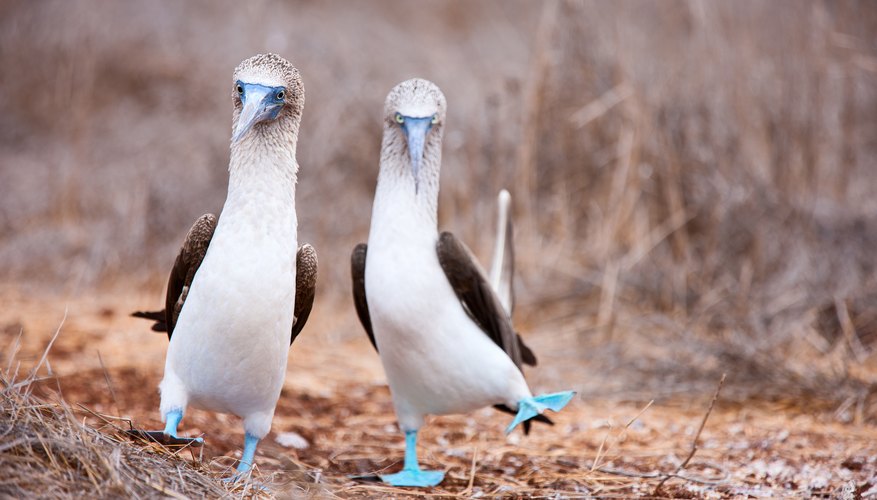Darwin's Wildlife: A Guide To Unique Species
Share
Darwin, the capital of the Northern Territory in Australia, is a treasure trove of unique wildlife and natural beauty. This vibrant city is not only known for its stunning sunsets and tropical climate but also for its rich biodiversity. If you're a nature lover or an adventure seeker, Darwin offers an unparalleled opportunity to witness some of the world's most extraordinary species in their natural habitats.
Key Attractions and Activities
1. Litchfield National Park
Litchfield National Park is a must-visit for anyone traveling to Darwin. This park is famous for its stunning waterfalls, swimming holes, and diverse wildlife. Here, you can spot wallabies, various bird species, and even the elusive platypus. The park's magnetic termite mounds are also a fascinating sight, showcasing the incredible engineering skills of these tiny creatures.
2. Kakadu National Park
Kakadu National Park, a UNESCO World Heritage site, is one of the largest national parks in Australia. It is home to a rich array of wildlife, including saltwater crocodiles, kangaroos, and over 280 species of birds. The park's wetlands and billabongs provide a perfect habitat for various aquatic species. Don't miss the opportunity to take a guided tour to learn about the indigenous culture and the park's unique ecosystems.
3. Charles Darwin National Park
Located just outside the city, Charles Darwin National Park is a fantastic spot for birdwatching and enjoying the natural landscape. The park features walking trails, picnic areas, and a variety of habitats, including woodlands and wetlands. It's a great place to see species like the black cockatoo and the agile wallaby.
4. Crocosaurus Cove
For a thrilling experience, visit Crocosaurus Cove, where you can get up close and personal with some of the largest saltwater crocodiles in the world. The park offers a unique opportunity to swim with these magnificent creatures in a safe environment. It's an unforgettable experience that showcases the raw power of Darwin's wildlife.
Best Time to Visit
The best time to visit Darwin is during the dry season, which runs from May to October. During this period, the weather is warm and dry, making it ideal for outdoor activities and wildlife spotting. The wet season, from November to April, brings heavy rains and humidity, which can make some areas inaccessible. However, the wet season also offers a unique opportunity to witness the dramatic changes in the landscape and the vibrant wildlife that thrives during this time.
Weather Information
- Dry Season (May to October): Average temperatures range from 21°C (70°F) to 33°C (91°F). This period is characterized by low humidity and minimal rainfall.
- Wet Season (November to April): Average temperatures range from 24°C (75°F) to 34°C (93°F). Expect high humidity and frequent rain showers, particularly in January and February.
Unique Species of Darwin
1. Saltwater Crocodile
The saltwater crocodile is one of the most iconic species in Darwin. These formidable reptiles can grow up to 7 meters (23 feet) in length and are known for their aggressive nature. They inhabit the coastal areas and rivers of the Northern Territory, making them a common sight in places like Kakadu National Park.
2. Northern Hairy-nosed Wombat
One of the rarest mammals in the world, the Northern Hairy-nosed Wombat, is found only in Queensland and a small area near Darwin. Conservation efforts are underway to protect this endangered species, making it a significant focus for wildlife enthusiasts.
3. Red-tailed Black Cockatoo
This striking bird is easily recognizable by its vibrant red tail feathers. The Red-tailed Black Cockatoo is native to the woodlands of northern Australia and is often seen in pairs or small groups. Their distinctive calls and impressive flight make them a favorite among birdwatchers.
4. Green Tree Frog
The Green Tree Frog is a common sight in Darwin's tropical environment. These frogs are known for their bright green color and are often found near water sources. Their unique calls can be heard during the wet season, adding to the symphony of sounds in the region.
Tips for Wildlife Spotting
- Early Morning or Late Afternoon: Many animals are most active during the cooler parts of the day. Plan your outings during these times for the best chance of spotting wildlife.
- Stay Quiet: Keep noise to a minimum to avoid scaring away animals. Move slowly and quietly to increase your chances of seeing them.
- Use Binoculars: A good pair of binoculars can enhance your wildlife viewing experience, especially for birdwatching.
- Join Guided Tours: Local guides have extensive knowledge about the area and its wildlife, making guided tours an excellent option for spotting unique species.
Booking Your Trip
To make your trip to Darwin seamless, consider booking your accommodations and flights in advance. This will ensure you have a comfortable place to stay while you explore the incredible wildlife and natural beauty of the region.
- Hotels & Flights: Book your stay and flights here.
- Transfers: Arrange your transfers easily.
Final Thoughts
Darwin is a paradise for wildlife enthusiasts, offering a unique glimpse into the diverse species that inhabit this stunning region. From the majestic saltwater crocodiles to the vibrant birdlife, every corner of Darwin is teeming with life. Whether you're hiking in national parks or relaxing by the waterfront, the natural beauty and wildlife of Darwin will leave you in awe.
As you plan your adventure, remember to respect the environment and the creatures that call this place home. With its breathtaking landscapes and unique species, Darwin promises an unforgettable experience that will stay with you long after your visit. So pack your bags, grab your binoculars, and get ready for an incredible journey into the heart of Australia's wildlife!





